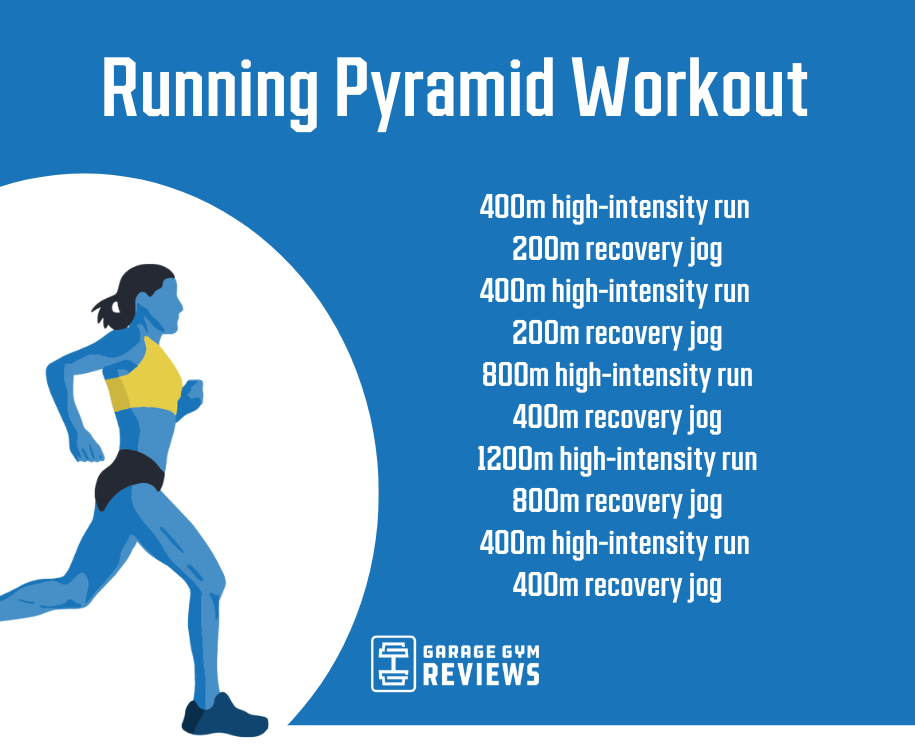Turbocharge Your Runs: Unlock Your Potential with Strategic Running Workouts
Turbocharge Your Runs: Unlock Your Potential with Strategic Running Workouts
Blog Article
Dealing With Usual Running Discomforts: Causes, Solutions, and Prevention
As runners, we often encounter numerous discomforts that can prevent our efficiency and enjoyment of this exercise. From the debilitating pain of shin splints to the bothersome IT band syndrome, these common operating pains can be frustrating and demotivating. Recognizing the reasons behind these conditions is important in efficiently addressing them. By discovering the root reasons for these operating pains, we can reveal targeted services and safety nets to guarantee a smoother and much more meeting running experience (i thought about this).
Common Running Discomfort: Shin Splints
Shin splints, a common running pain, often result from overuse or improper shoes during physical task. This problem, medically called median tibial stress syndrome, materializes as discomfort along the inner edge of the shinbone (shin) and is widespread among athletes and joggers. The recurring stress on the shinbone and the tissues affixing the muscular tissues to the bone results in inflammation and discomfort. Joggers that rapidly enhance the strength or period of their exercises, or those who have flat feet or incorrect running methods, are specifically susceptible to shin splints.
To protect against shin splints, individuals need to slowly raise the intensity of their exercises, put on proper shoes with proper arch assistance, and maintain versatility and toughness in the muscle mass surrounding the shin (running workout). In addition, integrating low-impact activities like swimming or cycling can aid maintain cardio physical fitness while allowing the shins to recover.
Common Running Pain: IT Band Syndrome
In enhancement to shin splints, an additional prevalent running pain that athletes usually experience is IT Band Syndrome, a condition brought on by swelling of the iliotibial band that leaves the external upper leg and knee. IT Band Disorder typically manifests as pain outside of the knee, particularly during tasks like running or cycling. The iliotibial band is a thick band of fascia that connects the hip to the shin, and when it ends up being inflamed or tight, it can rub against the thigh bone, resulting in discomfort and pain.
Runners experiencing IT Band Disorder may see a stinging or aching experience on the outer knee, which can get worse with continued task. Aspects such as overuse, muscle inequalities, improper running kind, or insufficient warm-up can add to the development of this problem.
Common Running Discomfort: Plantar Fasciitis

Plantar Fasciitis can be credited to various elements such as overtraining, incorrect footwear, operating on difficult surfaces, or having high arches or flat feet. To avoid and minimize Plantar Fasciitis, runners can integrate stretching exercises for the calves and plantar fascia, wear supportive shoes, keep a healthy and balanced weight to decrease pressure on the feet, and progressively boost running strength to prevent sudden stress on the plantar fascia. If symptoms linger, it is advised to get in touch with a medical care expert for appropriate diagnosis and therapy alternatives to attend to the condition effectively.
Usual Running Discomfort: Runner's Knee
After dealing with the obstacles of Plantar Fasciitis, an additional common issue that joggers typically deal with is Jogger's Knee, a typical running pain that can prevent athletic performance and create discomfort throughout useful link exercise. Runner's Knee, additionally called patellofemoral pain disorder, manifests as discomfort around or behind the kneecap. This condition is usually associated to overuse, muscle discrepancies, improper running strategies, or problems with the placement of the kneecap. Runners experiencing this discomfort may really feel a dull, aching discomfort while running, going up or down staircases, or after prolonged durations of sitting. To stop Jogger's Knee, it is important to incorporate appropriate workout and cool-down routines, preserve solid and balanced leg muscle mass, put on suitable shoes, and progressively enhance running strength. If signs and symptoms persist, consulting from a health care specialist or a sports medicine expert is advised to diagnose the underlying cause and establish a customized therapy strategy to reduce the discomfort and protect against further problems.
Usual Running Discomfort: Achilles Tendonitis
Generally affecting joggers, Achilles Tendonitis is an unpleasant condition that affects the Achilles ligament, creating pain and possible constraints in physical task. The Achilles ligament is a thick band of tissue that links the calf muscular tissues to the heel bone, essential for tasks like running, jumping, and walking - click here now. Achilles Tendonitis often creates as a result of overuse, inappropriate footwear, inadequate extending, or abrupt boosts in exercise
Symptoms of Achilles Tendonitis consist of discomfort and tightness along the ligament, especially in the morning or after durations of lack of exercise, swelling that intensifies with task, and possibly bone spurs in persistent instances. To prevent Achilles Tendonitis, it is necessary to extend correctly previously and after running, put on appropriate footwear with appropriate assistance, gradually enhance the strength of workout, and cross-train to reduce repeated anxiety on the ligament.
Conclusion

Report this page